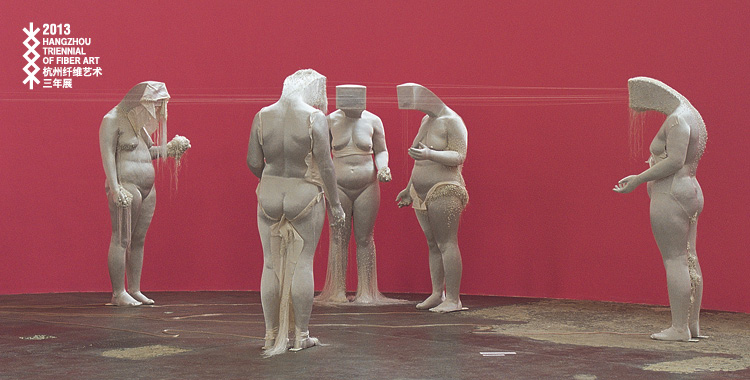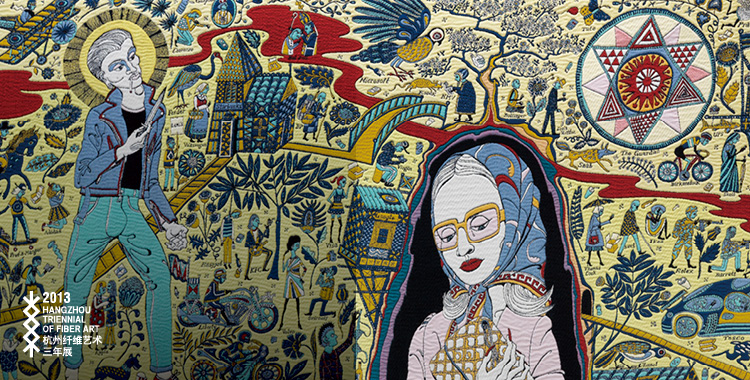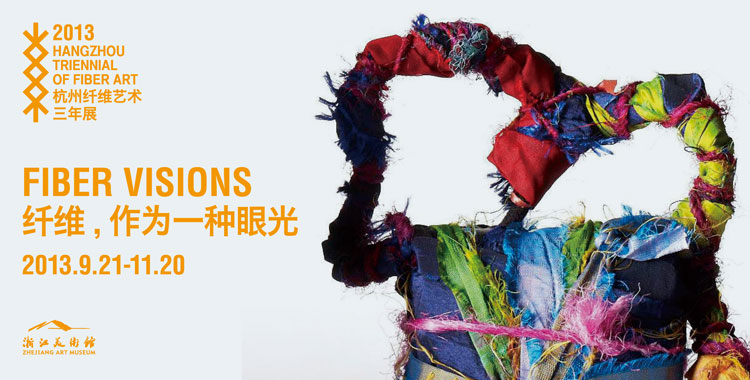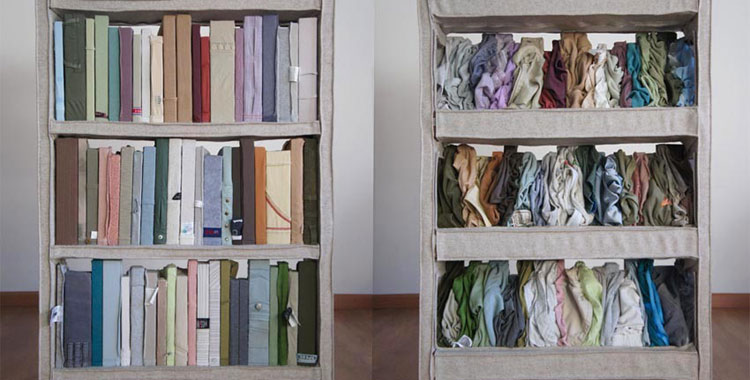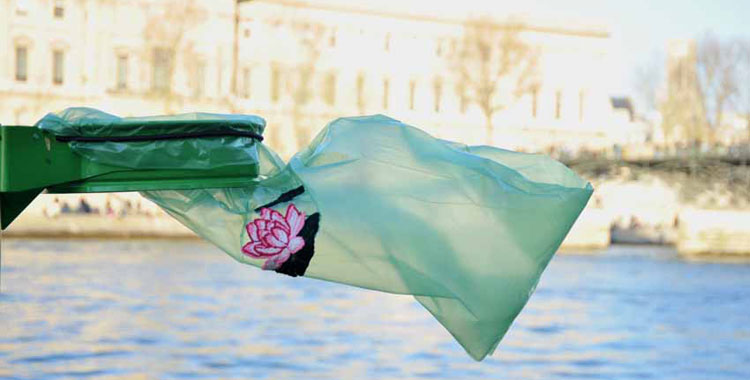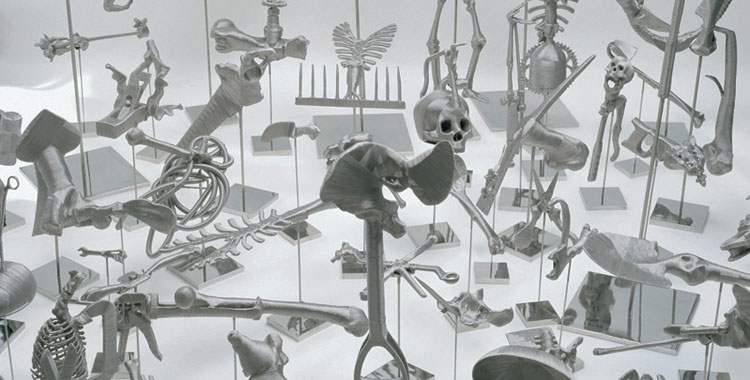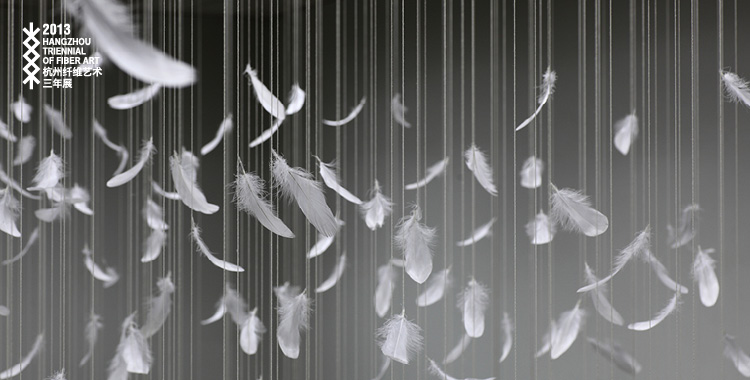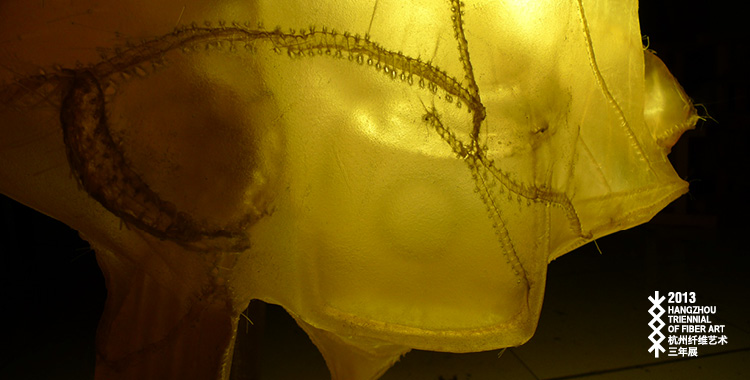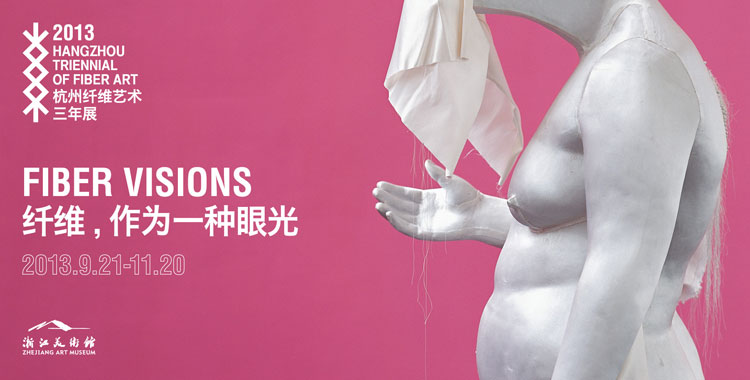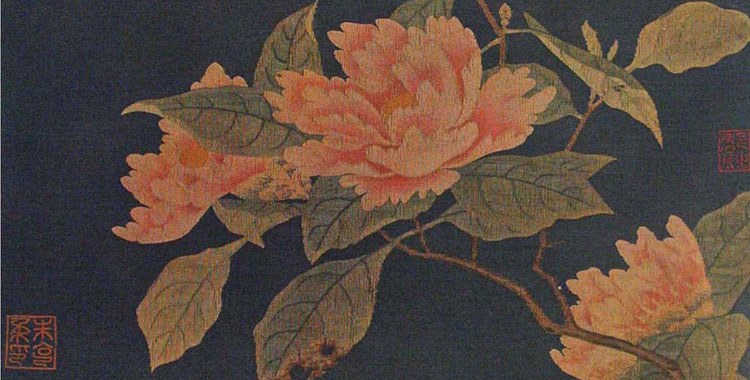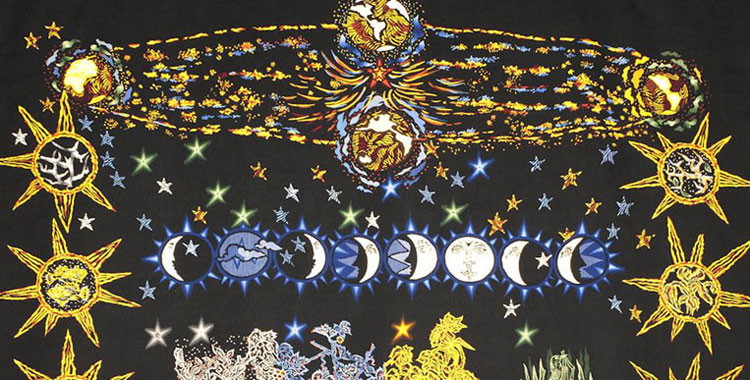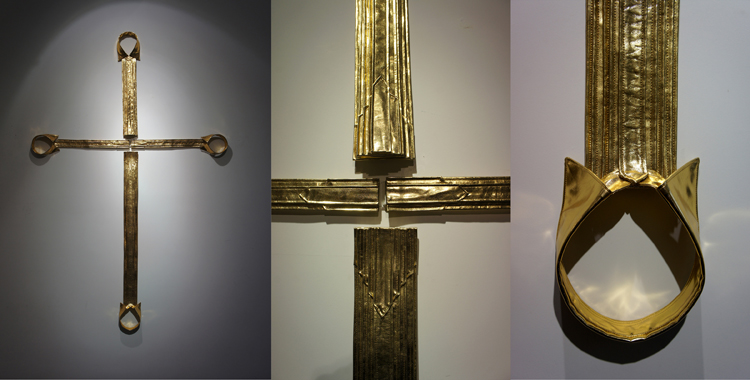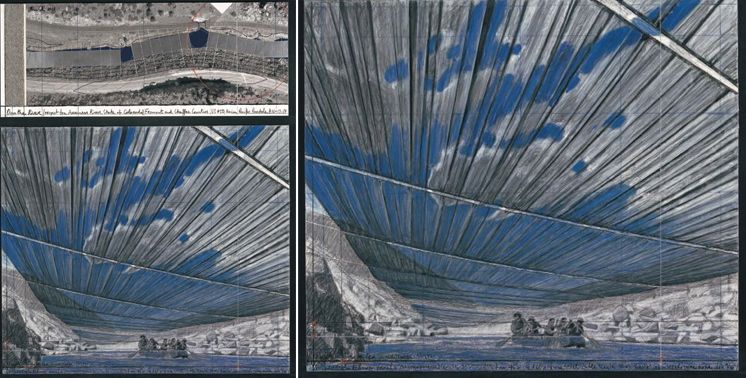Joseph Beuys
Joseph Beuys was born in Krefeld, Germany in 1921. In 1947 he entered the Kunstakademie Düsseldorf as a student. Joseph Enseling and Ewald Mataré were his tutors. Between 1958 and 1961, many of Beuys’ works used bronze, wood, felt, fat, bone, honey, amongst many other materials. From 1963 until 1974, having distanced himself from the Fluxus movement, Beuys participated in performance based activities. At the same time he became internationally known, participating in the Venice Biennale (1976), and San Paulo Biennial (1979). His work was shown in Kassel’s Documenta on numerous occasions. In 1967, Beuys headed Germany’s student movements and in 1972, and was dismissed from his teaching position and a professorship. However, in 1978, Beuys regained his claim to his professorship with the support of the students.
It has been said that Joseph Beuys’ works are filled with metaphor, with much of his inspiration arising from his childhood and experiences during Europe’s World War 11. He had served as an air force pilot. His plane had been shot down and crash landed in Soviet territory. He was nursed back to health by the local Tartar people who wrapped him in layers of animal fat and felt. It is for this reason that many of the artist’s works incorporate these two materials. The stimulus for creation and associated significance of many of Beuys’ felt works lies in the immense energies they support, combined with a certain human warmth, as well as the artist’s own reflections on politics and society. He had a strong sense of social responsibility, for example Beuys’ statements “Everyone is an artist” is well known as are his concepts of “Social Sculpture” and an “Expanded concept of art”. Beuys drew a number of his creative principles from the spiritual teachings of anthroposophy; his art practice can be seen to trace his experience of injury during WW2 whilst at the same time presaging the new modes of society, politics and culture that would emerge during the cold war period. During the cold war, art was thought of as a means of analyzing freedom and what it meant to be human, proposing a creative worldview rich in spiritual wisdom. As a key figure in the artistic transitions that occurred in pots war period, Beuys became one of the most important artists of the latter half of the 20th Century.


